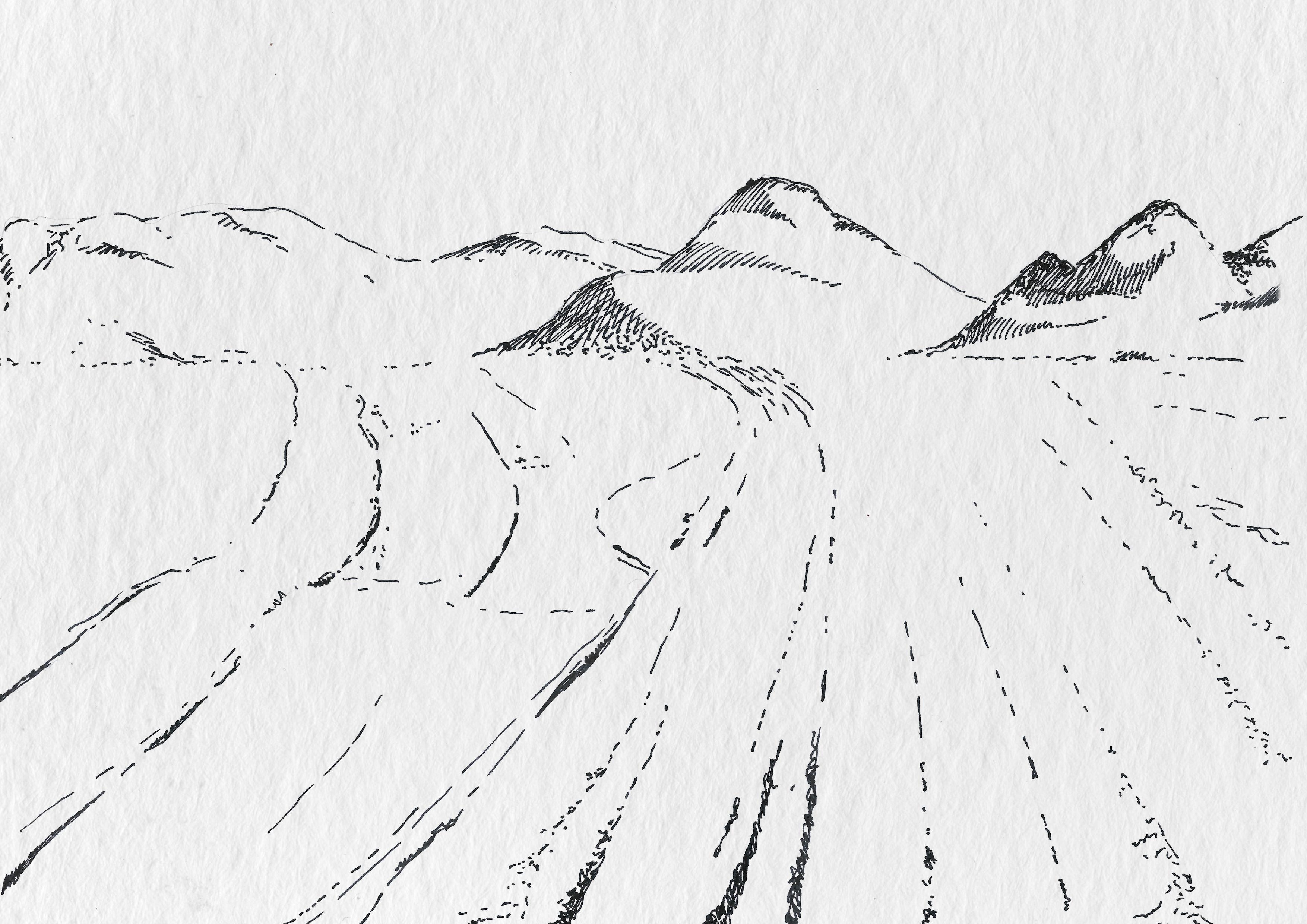Learning About Invitations: Difference between revisions
Created page with ""Invitations" to trail-off allow readers to wayfare or dwell, to divert from previous trajectories, "waste" time and to be curious. Being receptive and open to such invites is also the most effective way in this knowledge-land-scape to gain insights on the meaning of “ethical engagement” in the context of this research project. Like the author’s experiences in the field, the most insightful moments happen by encountering and responding to unanticipated phenomena. I..." |
No edit summary |
||
| (24 intermediate revisions by the same user not shown) | |||
| Line 1: | Line 1: | ||
[[File:Invitation background a.png|thumb]] | |||
Invitations to trail-off may take different shapes and forms. They can look like giving someone a ride, playing bingo or staying around to drink a cup of coffee. | |||
It is up to you to decide whether you want to accept these invitations or not. | |||
If you accept, they allow you to divert from previous trajectories and extend towards a practice of wayfaring and dwelling. Being receptive and open to such invitations is also the most effective way in this Knowledge-Land-Scape to attune to their corresponding insights. When it comes to better understanding of how “ethical engagement” comes to matter in community-based polar bear research, I have found that the most insightful moments happen through unanticipated encounters, attuned curiosity and attentive openness. | |||
<div class="next_choice"> Ignore the "Keep Going" button for now. | |||
"Return" to the instructions-track. </div> | |||
<span class="return to instructions link" data-page-title="Instructions: Ways to Navigate this Space" data-section-id="4" data-encounter-type="return">[[Instructions: Ways to Navigate this Space#Ice-Pressure Ridges|Return: to instructions]]</span> | |||
Latest revision as of 13:01, 18 March 2025

Invitations to trail-off may take different shapes and forms. They can look like giving someone a ride, playing bingo or staying around to drink a cup of coffee.
It is up to you to decide whether you want to accept these invitations or not.
If you accept, they allow you to divert from previous trajectories and extend towards a practice of wayfaring and dwelling. Being receptive and open to such invitations is also the most effective way in this Knowledge-Land-Scape to attune to their corresponding insights. When it comes to better understanding of how “ethical engagement” comes to matter in community-based polar bear research, I have found that the most insightful moments happen through unanticipated encounters, attuned curiosity and attentive openness.
